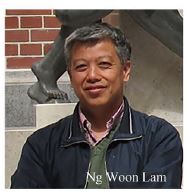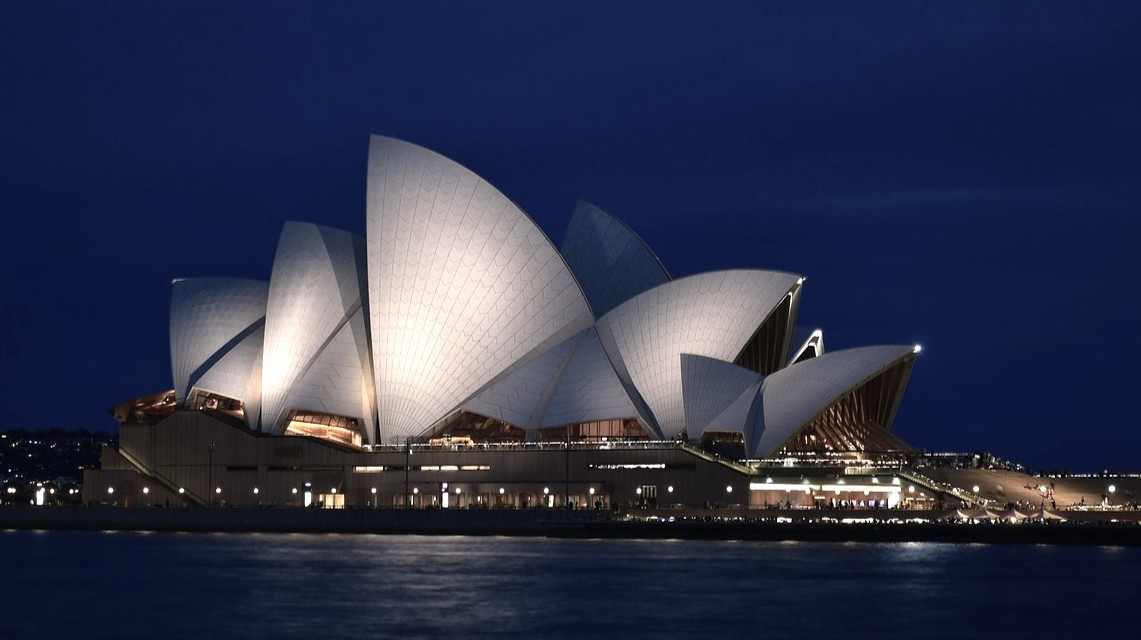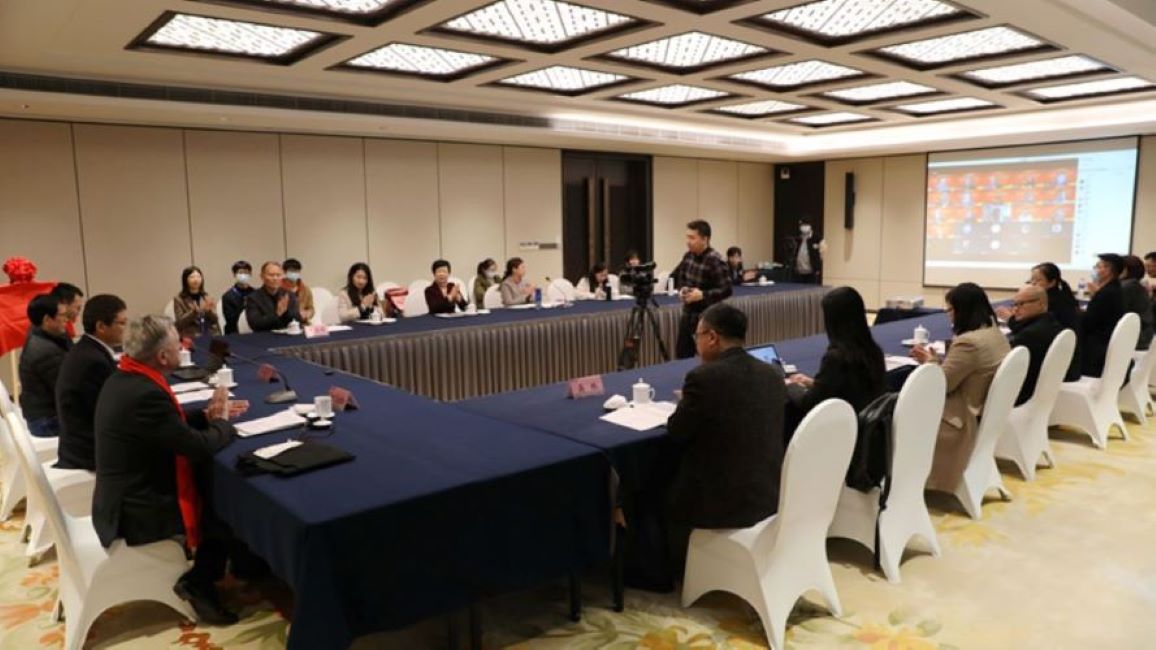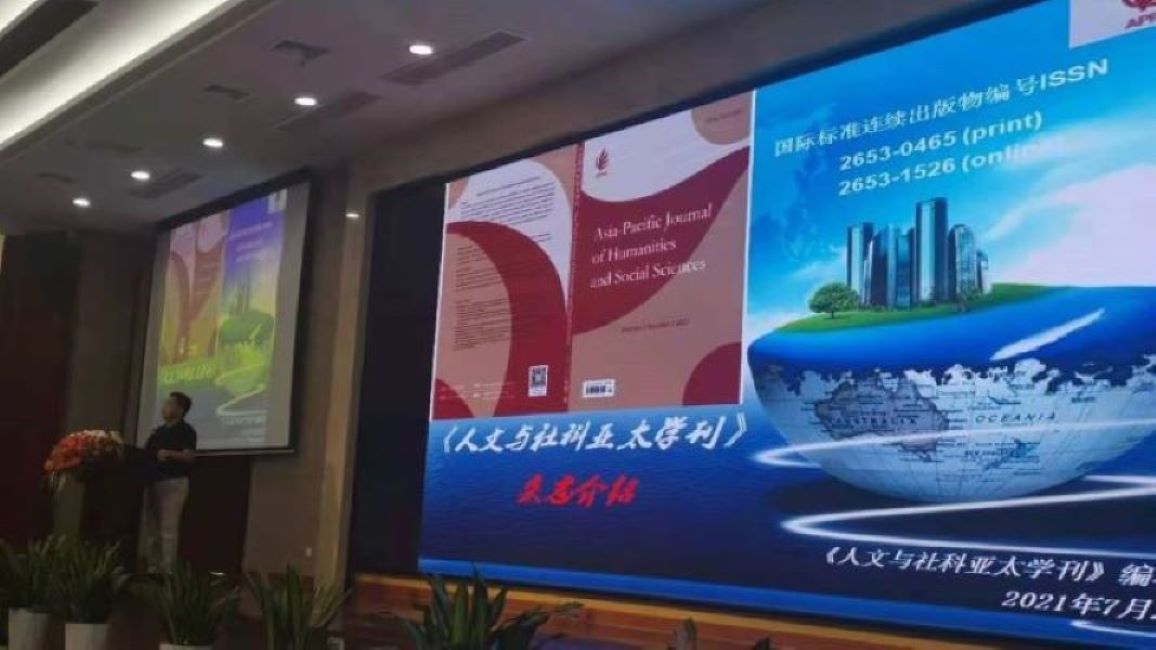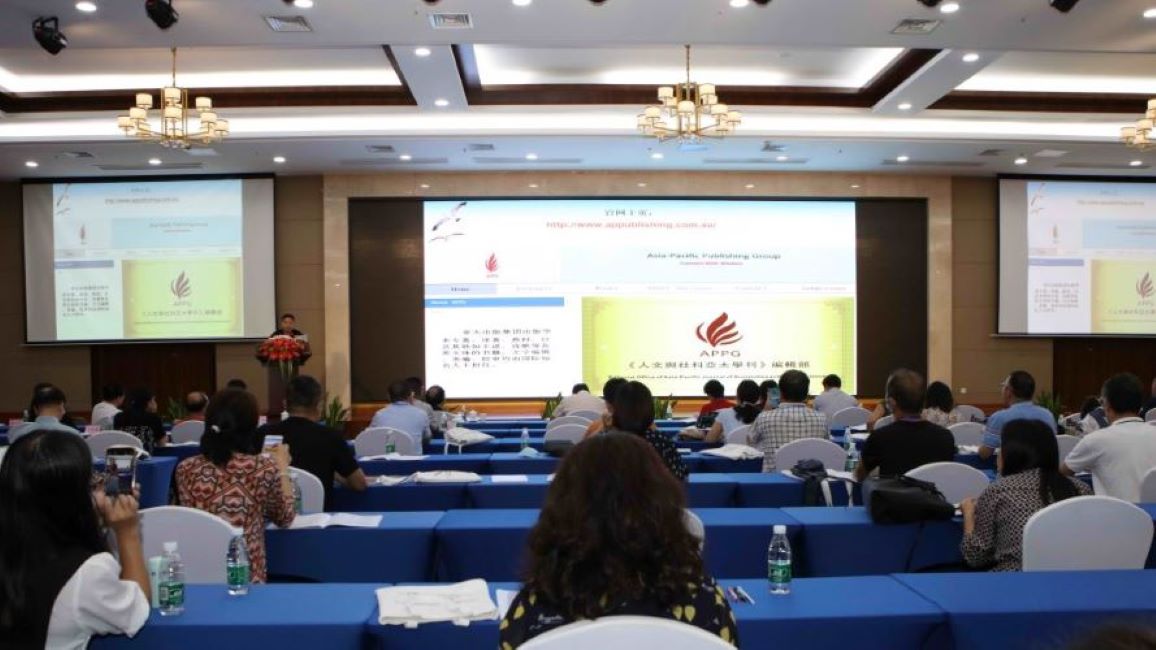Volume 1 Number 3 2021
Position:Home > Volume 1 Number 3 2021Uses of Calligraphy Simplification in 3D Animation Space: The Primitive Cultural Form of Visual Art
Release time:15-11-2021 Clicks:2519
To cite this article: Ng Woon Lam. (2021). Uses of Calligraphy Simplification in 3D Animation Space: The Primitive Cultural Form of Visual Art. Asia-Pacific Journal of Humanities and Social Sciences, 01:3, 048-056, DOI: 10.53789/j.1653-0465.2021.0103.005
To link to this article: https://doi.org/10.53789/j.1653-0465.2021.0103.005
![]() Ng Woon Lam Number 3 APJHSS.pdf
Ng Woon Lam Number 3 APJHSS.pdf
